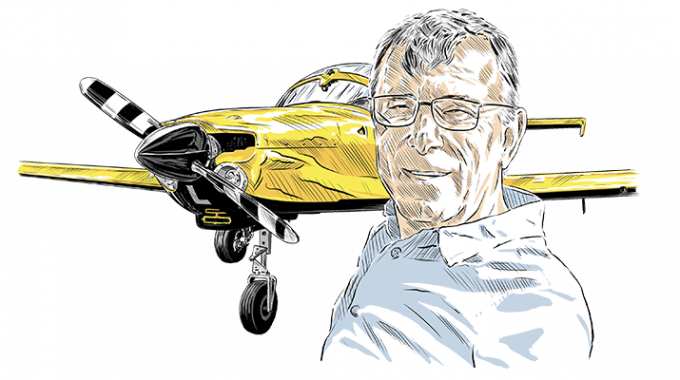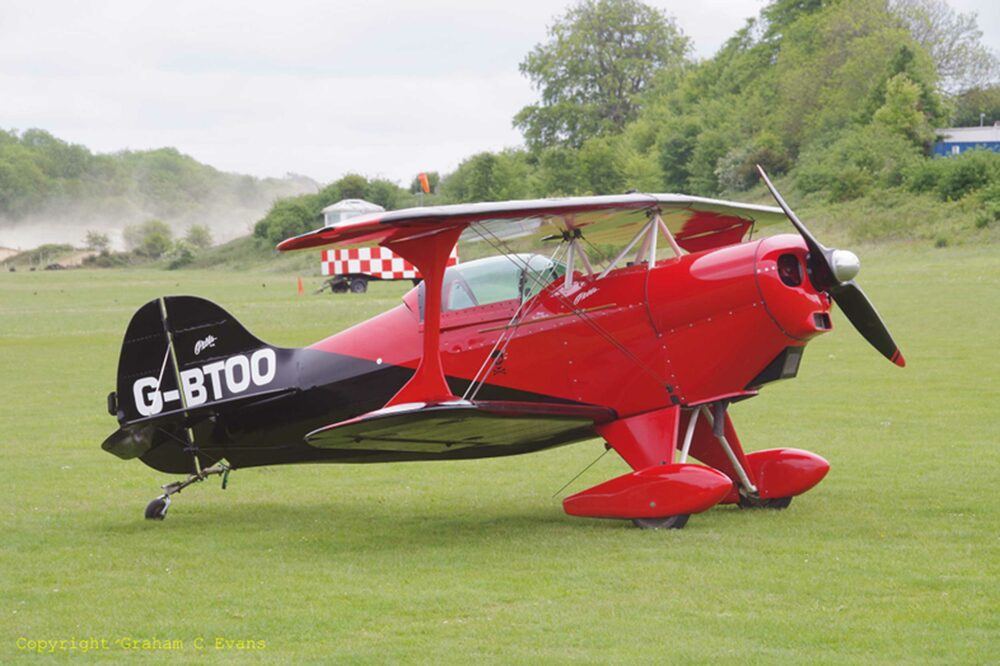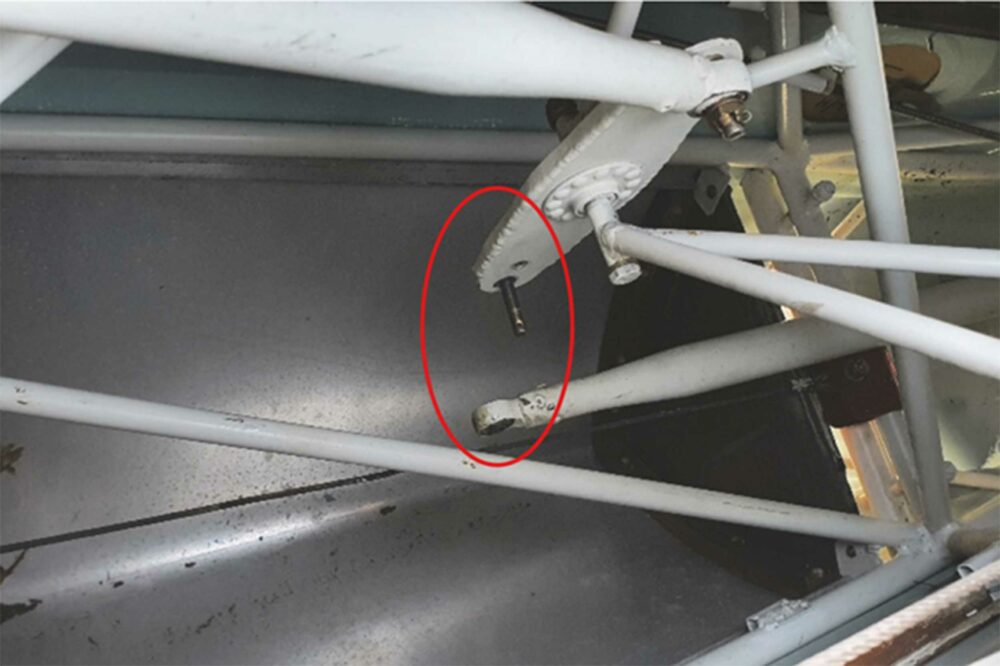Nick’s analysis
Of all the potential things that can go wrong in the air, the loss of one or more of the main controls is perhaps the most chilling. There have been some remarkable results from large aircraft that have suffered a total loss of hydraulic pressure, and hence normal aerodynamic control.
The United Airlines DC10 accident in 1989 immediately springs to mind, in which the flight crew made an incredible landing when all hydraulics were lost after an uncontained engine failure.
I also once had the privilege of flying with the First Officer of the A300 freighter that was hit by a surface-to-air-missile in 2003 on departure from Baghdad, again resulting in a complete loss of hydraulic pressure. His story of their successful landing is fascinating.
Before discussing the details of the Pitts event at Popham, and with all respect to engineers, in my experience several of the significant incidents in my flying career have occurred with aircraft fresh from some sort of heavy maintenance.
Mistakes happen in all areas of aviation, so I would always urge pilots to be particularly wary of aircraft just out of maintenance. Check and double-check as much of the aircraft as possible, and be particularly careful in checking controls – particularly that they are working in the correct sense. A former RAF colleague was killed in a Hawk after the ailerons were incorrectly reconnected after maintenance, leading to a loss of control immediately after take-off.
Turning to the Pitts accident, it looks like the pilot did a very good job in getting the aircraft onto the ground, such that at least his life was saved. A Pitts S1 is a brisk little aircraft that is not particularly easy to land even with full control. To do so without elevator control is particularly commendable.
The pilot explored the capability of the aircraft without the elevator control and took his time before attempting the landing. If I had been involved I might have considered diverting to an airfield with a longer into-wind runway rather than Popham’s 900 m grass strip, but there may well have been other reasons for not doing that.
A loss of one of the aircraft primary aerodynamic controls – aileron, elevator, or rudder – is very rare. Instances occur more often with aircraft that are rigged and derigged regularly, particularly gliders.
I have noticed very careful glider pilots who place signs up when they are rigging their aircraft asking not to be disturbed, as the distraction of a casual conversation can be a killer.
Traditional GA aircraft are more flyable after the loss of a control when compared to a Pitts S1. Recognising that you have the problem while in the air might be the first issue, perhaps the result of the loss of a control linkage due to vibration.
Having recognised that there is a control problem, maintain control of the aircraft as best you can and take your time assessing the problem. There is no rush in landing the aircraft, assuming fuel is not a limiting issue.
Loss of rudder control is perhaps the least concern. Some pilots may not even realise that they have lost it! The only issue may be control on landing in any crosswind, so look for an into-wind runway.
Loss of aileron control is more problematic. However, don’t forget that the rudder will give you roll control as a secondary effect (remember that from PPL training?), but it would need a bit of practice while you have some height.
Loss of elevator control is the most serious. There may be a couple of options for you should this occur. Power adjustments will almost certainly offer some pitch control (power up – pitch up and vice versa). You may even be able to achieve some pitch control using the trim wheel, depending on the type of trim system.
In all cases don’t be afraid to get some ATC assistance, perhaps from D&D on 121.5. A diversion to an airfield with a long into-wind runway, fuel-permitting, will be preferable. Before attempting an approach try out the aircraft at a representative approach speed to see what the handling is like. Using flaps may not be such a good idea as they may induce difficult pitch changes that may be difficult to handle.
Perhaps try some of this out with an instructor sometime?
Some points to summarise:
- If you appear to lose one of the flight controls, keep the aircraft under control at height and consider options. Take your time.
- Get some help from ATC and try to find an airfield with a long into-wind runway.
- Try out the aircraft at approach speed while still at height, avoiding using flaps if possible.
- Practise this situation with an instructor on a convenient check flight.
AAIB report








